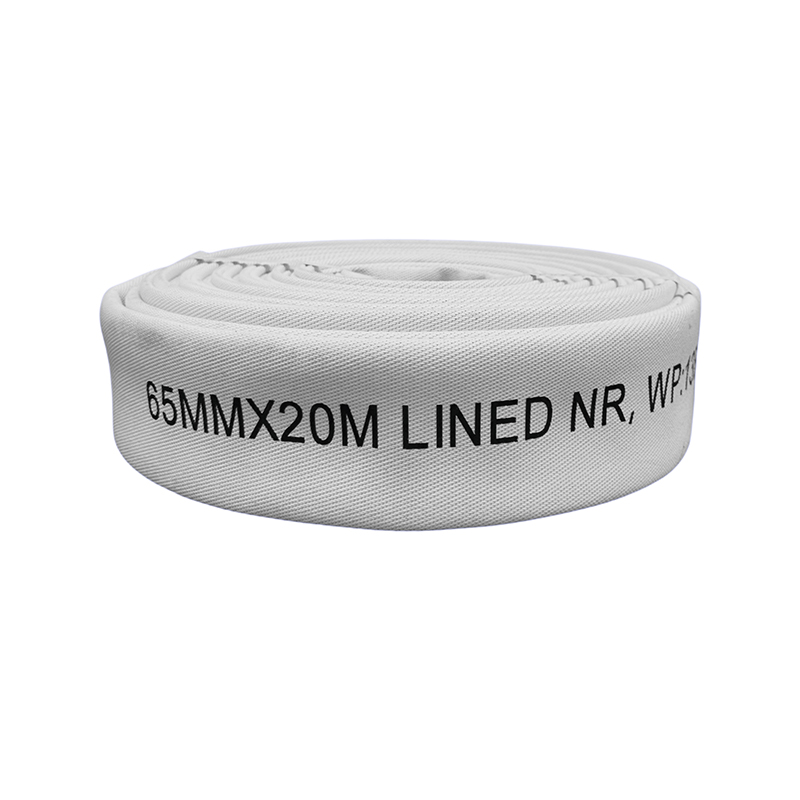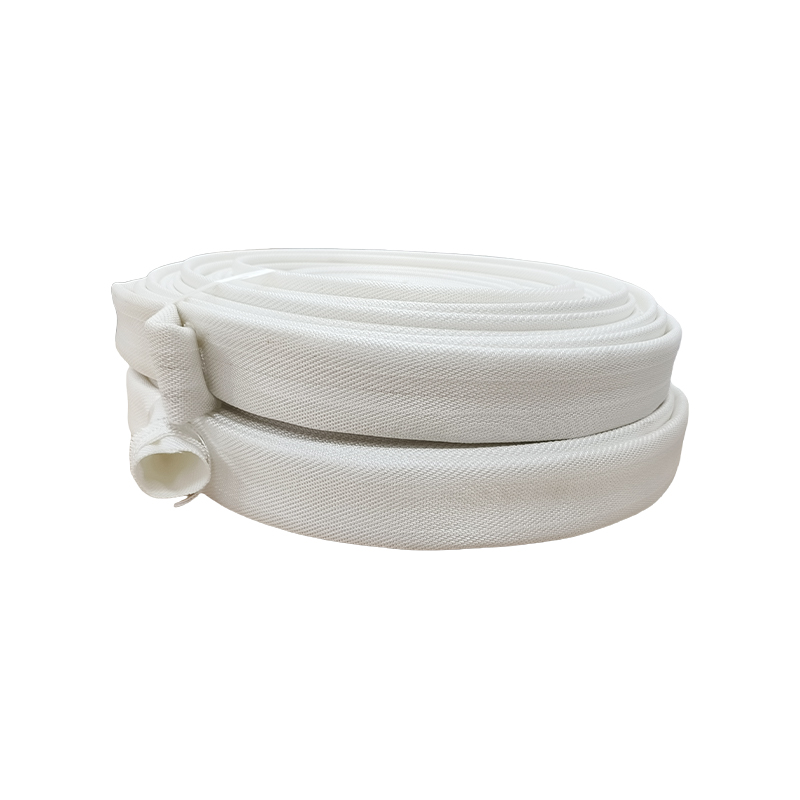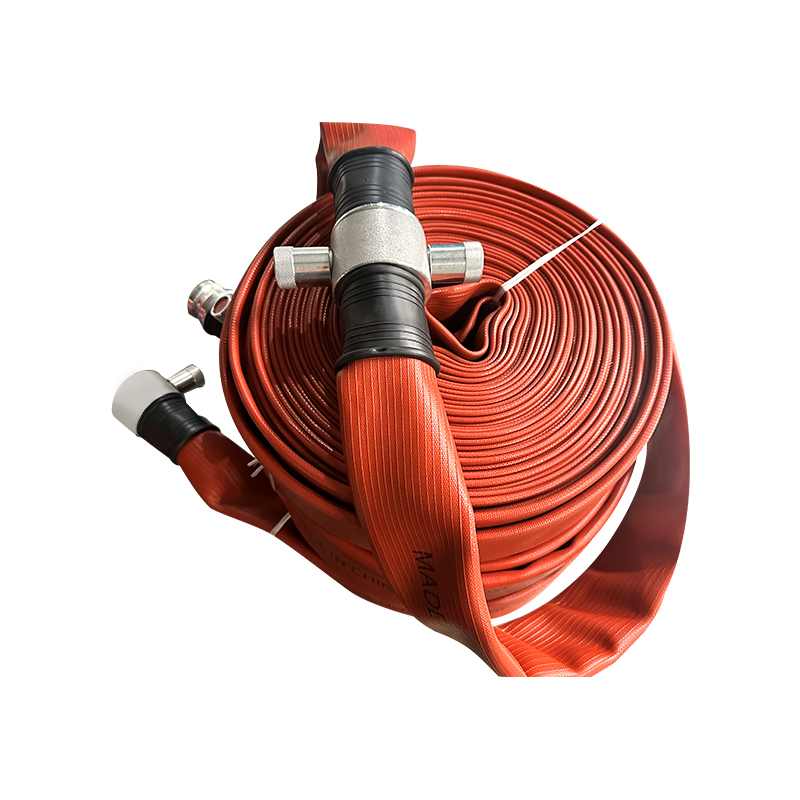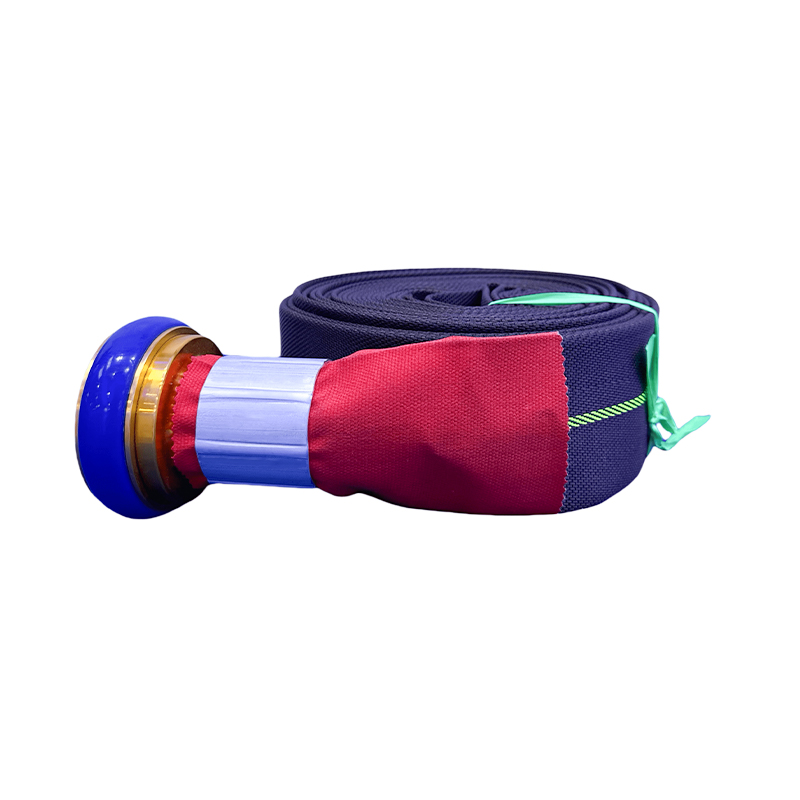- 1 What is an EPDM Lined Fire Hose?
- 2 Top 5 Advantages of Using an EPDM Lined Hose
- 3 Key Applications: Where EPDM Lined Hoses are Essential
- 4 Understanding Fire Hose Specifications and Pressure Ratings
- 5 EPDM vs. Other Fire Hose Liners: A Detailed Comparison
- 6
- 7 FAQ
- 7.1 What is the difference between an EPDM lined hose and a standard rubber fire hose?
- 7.2 Can I use an EPDM lined hose for all types of fires, including chemical and oil fires?
- 7.3 How do I properly maintain and inspect an EPDM lined fire hose?
- 7.4 What does the diameter of a fire hose affect, and what size EPDM hose should I choose?
In the demanding world of firefighting and industrial safety, the choice of equipment can be the difference between control and catastrophe. Among the critical tools, the fire hose stands out, and not all hoses are created equal. For challenging environments beyond standard structure fires, a specialized hose is required. This guide delves deep into the EPDM lined fire hose, a robust solution designed for longevity and performance against aggressive agents. We will explore its construction, key advantages, ideal use cases, and how it compares to other types, providing you with the knowledge to make an informed decision.
What is an EPDM Lined Fire Hose?
An EPDM lined fire hose is a type of fire hose that features an inner tube made from Ethylene Propylene Diene Monomer (EPDM) rubber. EPDM is a synthetic rubber known for its exceptional resistance to weathering, ozone, aging, and a wide range of chemicals. This lining is typically coupled with a high-strength external jacket, often made from synthetic materials like polyester or polyamide, which provides the necessary tensile strength and abrasion resistance. The combination results in a hose that is not only powerful for water delivery but also incredibly durable in harsh conditions.
- Core Material: The lining is EPDM rubber, chosen for its impermeability and chemical inertness.
- Reinforcement: A textile jacket provides the burst pressure strength, ensuring the hose can handle high water pressure.
- Primary Function: Designed for drafting water from open sources and for use in scenarios involving chemical exposure.
Top 5 Advantages of Using an EPDM Lined Hose
Choosing a fire hose with an EPDM liner offers several distinct benefits over standard rubber or PVC hoses. These advantages make it a preferred choice for departments and facilities that face a diverse set of challenges.
- Superior Chemical Resistance: EPDM is highly resistant to many polar chemicals, ketones, and aggressive water, making it ideal for industrial fire hose applications.
- Excellent Weather and Ozone Resistance: Unlike some rubbers, EPDM does not crack or degrade when exposed to sunlight and ozone, ensuring a long service life even when stored externally.
- High-Temperature Flexibility: It remains flexible across a wide temperature range, preventing it from becoming stiff and unmanageable in cold weather.
- Low Water Absorption: The lining does not absorb water, which prevents internal rotting and mildew, a common failure point in other hoses.
- Durability and Long Service Life: The combination of a tough chemical-resistant lining and a robust outer jacket results in a hose that withstands punishing use, offering a great return on investment.
Key Applications: Where EPDM Lined Hoses are Essential
The unique properties of the EPDM lined fire hose make it indispensable in specific scenarios. Its use extends beyond municipal firefighting into specialized industrial and agricultural sectors.
- Industrial Fire Brigades: Chemical plants, refineries, and manufacturing facilities use these hoses as a primary defense against fires involving hazardous materials.
- Drafting Operations: Its resistance to degradation makes it perfect for drafting water from ponds, lakes, or swimming pools, where the water may contain debris and chemicals.
- Agricultural and Forestry Use: Resistant to fertilizers and other agricultural chemicals, it is suitable for farm and wildfire fighting operations.
- Decontamination and Washdown Stations: Its chemical resistant hose properties are utilized in cleanup operations where corrosive agents are present.
Understanding Fire Hose Specifications and Pressure Ratings
When selecting any fire hose, including an EPDM model, understanding its specifications is crucial for safety and performance. Two of the most critical specifications are the diameter and the pressure ratings, which directly impact water flow and operational safety.
- Diameter: Common sizes include 1.5", 2.5", and 4", each serving different purposes from attack lines to supply lines.
- Test Pressure: The pressure at which the hose is tested in a hydrostatic test to ensure integrity.
- Service Test Pressure: The regular, in-service pressure the hose is designed to withstand during training and maintenance checks.
To provide a clear comparison, the table below outlines typical pressure ratings for different sizes of a standard EPDM lined fire hose.
| Hose Diameter (Inches) | Test Pressure (PSI) | Service Test Pressure (PSI) |
| 1.5" | 600 - 800 | 400 - 500 |
| 2.5" | 500 - 600 | 300 - 400 |
| 4.0" | 400 - 500 | 200 - 300 |
EPDM vs. Other Fire Hose Liners: A Detailed Comparison
To truly appreciate the value of an EPDM liner, it's helpful to compare it with other common lining materials. Each material has its strengths and weaknesses, making it suitable for different primary applications. Understanding these fire hose specifications related to materials is key to proper selection.
The following table provides a direct comparison between EPDM and other common hose liner materials.
| Liner Material | Key Advantages | Key Disadvantages | Best For |
| EPDM | Excellent chemical/ozone resistance, weatherproof, flexible in cold | Poor resistance to petroleum-based oils and fuels | Drafting, industrial, agricultural use |
| Natural Rubber | Good overall abrasion resistance, historically common | Prone to mildew, degrades with ozone/UV exposure | General municipal use (being phased out) |
| PVC (Polyvinyl Chloride) | Lightweight, low cost, resistant to many chemicals | Can become stiff in cold weather, less durable than rubber | Budget-conscious departments, light use |
- Making the Choice: The decision between an EPDM vs rubber hose (natural) often comes down to the operating environment. For outdoor storage and chemical exposure, EPDM is superior.
- Cost vs. Longevity: While an EPDM hose may have a higher initial cost, its extended service life in harsh conditions often results in a lower total cost of ownership.
FAQ
What is the difference between an EPDM lined hose and a standard rubber fire hose?
The primary difference lies in the material properties of the inner liner. A standard rubber hose typically uses natural rubber, which is susceptible to mildew, ozone cracking, and degradation from sunlight and certain chemicals. An EPDM lined fire hose uses synthetic EPDM rubber, which offers superior resistance to weathering, ozone, aging, and a wide array of polar chemicals. This makes EPDM hoses more durable for outdoor storage and industrial applications, effectively addressing a key weakness of traditional hoses.
Can I use an EPDM lined hose for all types of fires, including chemical and oil fires?
While an EPDM lined fire hose is an excellent industrial fire hose due to its resistance to many chemicals, it has a critical limitation: it is not resistant to petroleum-based products like gasoline, oil, and hydraulic fluids. For fires involving these non-polar solvents, a hose with a lining made from a different material, such as Nitrile rubber, would be required. Always match the hose specification to the specific hazards present in your environment.
How do I properly maintain and inspect an EPDM lined fire hose?
Proper maintenance is crucial for maximizing the lifespan of your EPDM lined fire hose. After each use, especially in chemical or dirty water, flush the hose thoroughly with clean water. For inspection, perform regular visual checks for cuts, abrasions, or damage to the outer jacket. Conduct service tests annually at the recommended pressure, as per the manufacturer's fire hose specifications. Store the hose in a cool, dry place away from direct sunlight for long-term storage, even though EPDM has excellent UV resistance.
What does the diameter of a fire hose affect, and what size EPDM hose should I choose?
The diameter of a fire hose directly affects both water flow and pressure. Smaller diameters (e.g., 1.5") deliver water at higher pressure, making them ideal for direct attack lines. Larger diameters (e.g., 2.5" or 4") deliver a much greater volume of water (GPM) at lower pressure, making them perfect for supply lines and master stream devices. Your choice of an EPDM lined fire hose size should be based on its intended application within your operation's overall water delivery strategy.


 en
en
 عربى
عربى









